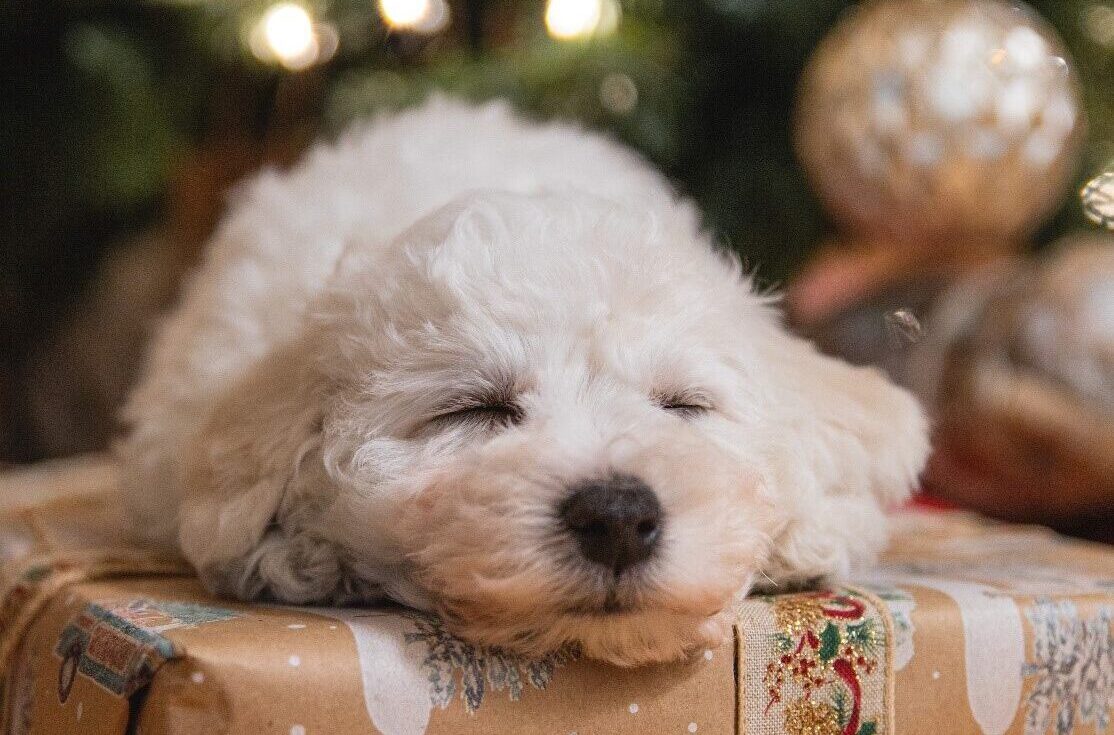I made my family disappear! Maybe this is what some doggos think when we leave them alone for a little too long. Just like humans, dogs can also suffer from something called Separation anxiety. People living with a dog suffering from separation anxiety will never really know what they will find when they return home.
Separation anxiety is more common than you think. It’s thought to affect one in every four to six dogs, and is even more common in older dogs. When you really think about it, it’s easy to see why this can happen. In today’s society family members are usually out of the house working or studying for long hours of the day. This leaves our pooch alone and confined in their house. Obviously, it’s hard to avoid this situation when we lead busy lives.
Some signs a dog has separation anxiety is scratching doors, barking and whining. But they can also be more subtle such as not eating or drinking until you get home. Since it’s coming up to Christmas, some families like introduce a puppy. They get to spend all this time with the pup over the holidays, but then once they return back to work or school, the puppy is left alone for hours. But hey at least they won’t wake up on Christmas morning without everyone at home.
Here are a few tips that can help reduce your dog’s separation anxiety. When you do leave them, make sure they are left with their favourite toy. Additionally, exercise can reduce anxiety in dogs. It could be a good idea to take your dog for a walk in the morning, let them settle down once you get back and then leave for the day.
Of course if you are really concerned if your dog is suffering from separation anxiety, contact your local Vet!





